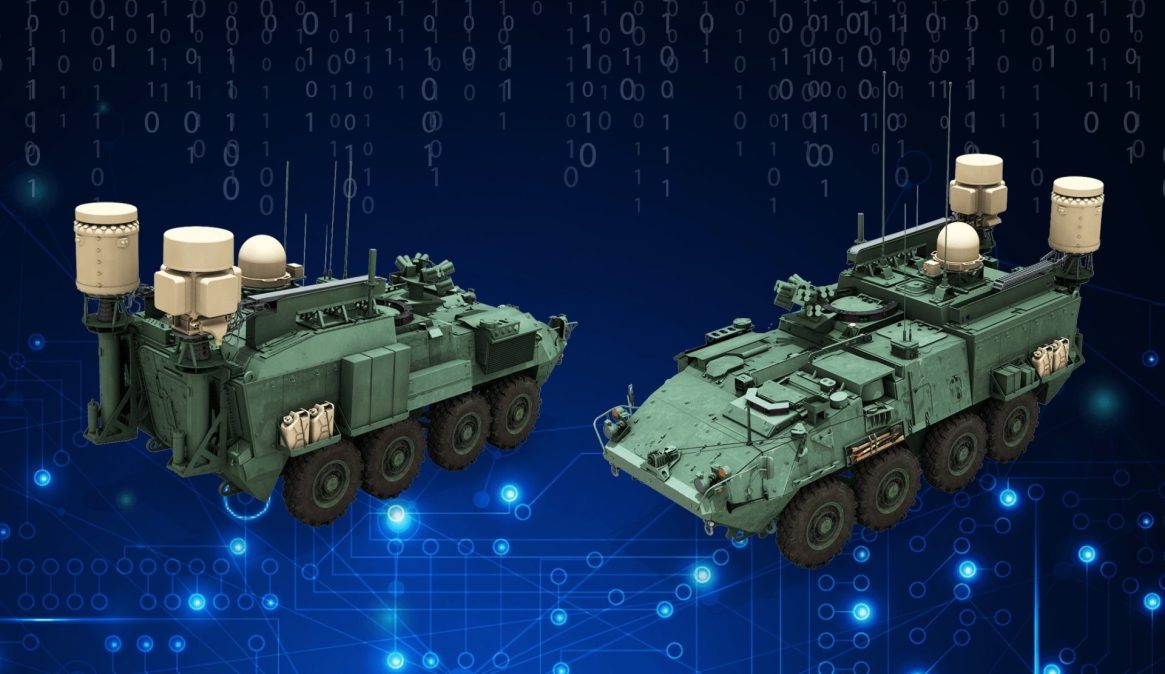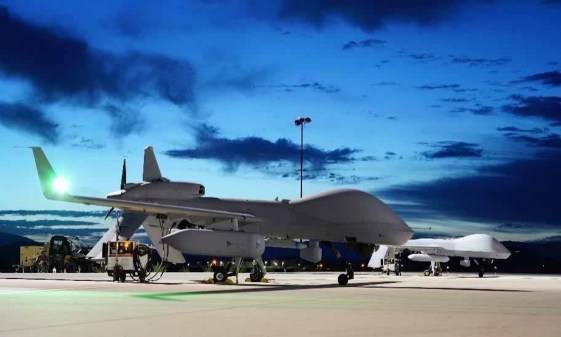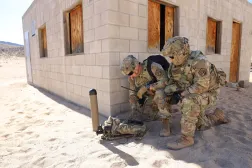Army tweaking its approach for a long-range electronic warfare system

The Army is altering its acquisition approach for its long-range cyber, electronic warfare and signals intelligence platform, determining it might need a tailored approach for each theater, according to a top official.
The Terrestrial Layer System-Echelons Above Brigade (TLS-EAB) capability will be designed for higher echelons — primarily division and corps — that will need to monitor and sense the battlefield across greater distances than lower, more tactically focused echelons. It will be used by the Army’s Multi-Domain Task Force. The technology comes as advanced adversaries are forcing the Army to operate at greater distances, and therefore, the service needs to be able to sense farther and at higher echelons.
“I would say the Army’s evolving sort of our acquisition approach to echelons above brigade. How are we going to do long-range effects from a corps or a division?” Mark Kitz, program executive officer for intelligence, electronic warfare and sensors, said at the virtual C4ISRNET conference Wednesday. “How are we going to do that when … the [combatant command] environments are very different. [U.S. Indo-Pacific Command] looks very different than Africa, looks very different than anywhere. How do we build a tailored electronic warfare capability for our divisions and corps that are going to operate in significantly different environments?”
The Army first developed a TLS system for brigades, but unlike its smaller sibling, TLS-EAB will likely be less integrated with cyber, EW and signals intelligence capabilities due to the greater distances it must sense and provide effects for. The ranges covered for these echelons make operations like electronic attack more difficult as opposed to the more tactically focused brigade version that would perform more local jamming operations on the battlefield.
As a platform that supports these higher echelons, the TLS-EAB capability will contribute to deep sensing, enabling the Army to discover targets across thousands of miles for long-range fires while also possibly conducting its own electronic attacks such as jamming.
Given each theater is different in terms of the target sets, adversaries and terrain, the Army is now thinking its solutions will have to be tailored to a particular theater.
“If you’d asked me, I don’t think we’re going to get to production with an EAB capability. I think we’re going to build tailored solutions to the [combatant commands] that we’re going to operate in — and iterate that over and over and over again so that we build sort of a specific solution for the different type of contested and congested environment we’ll see. We’re certainly evolving our acquisition approach there,” Kitz said. “I think it may even look significantly different. I think that’s what we got to experiment and understand, because if the environment looks significantly different, we can’t just [have a] cookie-cutter solution that’s going to marginally work in that” particular combatant command.
For example, a Family of Medium Tactical Vehicles (FMTV) might not be the right platform for EAB in the Indo-Pacom region, Kitz said. However, it could be the right platform for U.S. European Command.
Officials have previously indicated FMTV was the targeted platform for EAB.
“I think we’re really keeping an open book here, we’re keeping an open in mind and trying to come up with the right acquisition approach that gets the right capability for our commanders in each of those” combatant commands, Kitz said.
The Army last year awarded two companies — Lockheed and General Dynamics Mission Systems — to do design work on TLS-EAB, which included software infrastructure and vehicle design worth approximately $15 million over an 11-month period of performance. For phase two, as initially envisioned, one of the companies would receive an award for prototype development. However, it’s unclear if that is still the approach.






